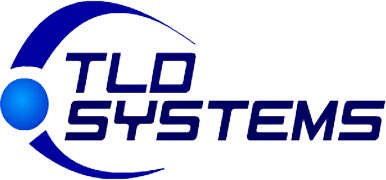- Helping you with HIPAA Security Solutions.
Medical Billing

Coding
What is a UPIC Audit and How Serious is this Audit?
What is a UPIC Audit and How Serious is this Audit?
Read More

Coding
Coding Pearls - Multiple Skin Substitutes
“My billing team and I have a difference of opinion. If we apply more than one graft, they have been using modifier -76. It is getting paid, but I am not sure that is the appropriate use of the modifier. I just assumed that we would bill for total units. However, each graft has a unit number. So, if we bill double the units, we need a way to alert the insurance company why the units are doubled. This is why we started using the 76 modifier. Any input would be appreciated.”
Read More

Coding

Coding
Billing For Local Anesthetics With Procedures
“I’m in an ongoing debate with my biller. I have always been under the impression that when billing for infected, ingrown nails that local anesthetics were considered part of the procedure. My biller thinks I can charge for them. What is correct?"
Read More

Coding
Routine Foot Care: Annual E/M Service
“My documentation for qualified, routine foot care is similar for most patients as little changes in 3 months. But, yes, I do look for changes and make the note reflect such. And I try to make sure notes are not exact copies of previous notes. My notes have plenty of bullet points for an E/M code on each visit. I am primarily charging procedure codes only (CPT 11056, CPT 11721, etc). Can I still bill at least one E/M code per year even when there are no substantive changes as I continually monitor vascular, neurologic and dermal changes each visit? Must I have a new or different diagnosis to bill an E/M code?”
Read More

Coding
Rules For Retained Hardware
“I know things have changed a little for removal of retained hardware and I am seeking clarification for a scenario. A patient has previously had an Austin Akin bunionectomy. It healed uneventfully. Years later, she has developed pain at the retained screw in the metatarsal. There is a k-wire noted in the proximal phalanx. X-rays showed complete healing at the osteotomies. The patient would like to have both implants removed despite only one of them hurting today. How would the changes in CPT coding apply to this situation? Thank you for the help.”
Read More

Coding
Using L3000kx
“So, to be clear you can never use L3000kx for a diabetic with neuropathy and diabetic ulcers even if secondary will pay.”
Read More
Coding
Revisional Surgery
“I have a patient who had a chevron bunionectomy performed 10 years ago. The bunion has returned, and the head is facing lateral. My plan is to perform a Lapidus procedure to reduce the first intermetatarsal angle and a rotational 1st metatarsal head osteotomy to align the articular surface (basically an Austin with a medial based wedge removed from the dorsal osteotomy to rotate the head slightly medial). How would you recommend I code this (ICD-10 and CPT codes)? Can I use CPT 29297 and CPT 29296? I’ve also considered CPT 28740 with CPT 29296.“
Read More
Coding
Neuroma Injection Reimbursement
“Medicare pays approximately $40 more for E/M code 99213 versus an injection for a neuroma. Can you give the injection and only bill the E/M 99213?”
Read More

Coding
Denial of CPT 11730
“I am wondering if any other podiatry practices are having issues with Aetna Medicare getting paid for CPT 11730? The denial of the claims focusses on “LCD guidelines.” We are sending numerous appeals along with medical documentation and the actual article from Medicare (L34887).”
Read More

